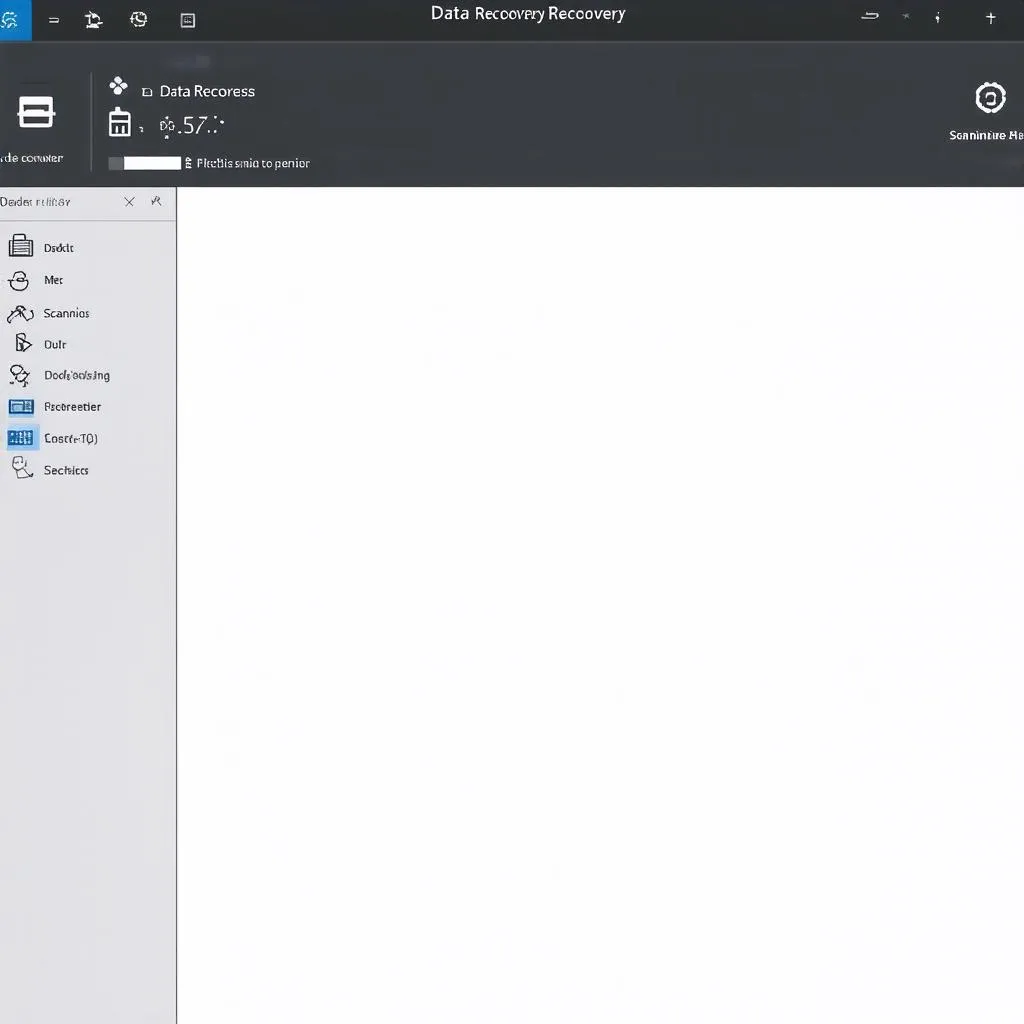The IELTS Speaking test comprises three parts, each designed to assess different aspects of a candidate’s speaking ability. As an IELTS Speaking Examiner, we look for fluency and coherence, lexical resource, grammatical range and accuracy, and pronunciation. The question “Describe a time when you used technology to solve a problem” is a prevalent topic that taps into your ability to narrate experiences, highlighting your problem-solving skills using technology.
In this guide, we will delve into crafting a perfect response to this question, ensuring you tick all the right boxes to achieve a high band score. We will:
- Explore common questions that Examiners ask in Part 1.
- Develop a thorough response for Part 2 using a Cue Card.
- Practice a Two-way Discussion in Part 3 to delve deeper into related topics.
- Highlight essential vocabulary and structures.
Part 1: Introduction and Interview
Common Questions in Part 1
In Part 1 of the IELTS Speaking test, Examiners typically ask questions about familiar topics to ease candidates into the conversation. Some common questions include:
- Can you describe your favourite piece of technology?
- How often do you use technology?
- What do you think is the most important piece of technology in our lives today?
Sample Question and Answer
Q: Can you describe your favourite piece of technology?
A: Absolutely! My favourite piece of technology is undoubtedly my smartphone. It’s incredibly versatile—apart from just making calls and sending texts, it can browse the internet, capture high-quality photos, and run a multitude of apps that streamline my daily tasks. It’s like a small, portable computer that keeps me connected and organized.**
Part 2: Long Turn
Cue Card
Cue Card Topic:
Describe a time when you used technology to solve a problem.
You should say:
- What the problem was
- What technology you used
- How you used it
- And explain how it solved the problem
Sample Response
A: One specific instance when I used technology to solve a problem was about a year ago when I lost an important document on my computer. The problem was significant because it was a research paper that I had been working on for months. The document got accidentally deleted, and I had no backup saved. This predicament left me in a state of panic.
To resolve this issue, I used a data recovery software called Recuva. Recuva is a powerful tool designed to recover lost or deleted files from various types of storage devices. I downloaded the software, installed it, and followed the intuitive instructions to scan my computer’s hard drive for any recoverable files.
 Data Recovery Software
Data Recovery Software
The software quickly identified the deleted research paper among other files. I was able to restore the document within minutes, which saved me from redoing my work from scratch. This experience underscored the importance of having reliable recovery tools at hand and taught me a valuable lesson about creating regular backups. Technology proved to be incredibly effective in solving what could have been a catastrophic issue for my project.**
Follow-up Questions
-
Which technology do you think is the most useful for solving problems in daily life?
A: I believe that smartphones are the most useful technology for solving a myriad of problems in daily life. They are multi-functional, providing access to information, communication tools, productivity applications, and various services at our fingertips.** -
Can you think of any drawbacks of relying too much on technology to solve problems?
A: Certainly. One major drawback is that excessive reliance on technology can lead to dependency, making it difficult to address issues without technological assistance. Additionally, it may reduce our problem-solving skills and creativity as we tend to look for technological solutions first.**
Part 3: Two-way Discussion
Discussion Questions and Responses
Q: How has technology changed the way people solve problems compared to the past?
A: In the past, solving problems often required manual effort and hands-on solutions, which could be time-consuming and labor-intensive. However, with the advent of technology, we have streamlined processes, automated tasks, and significantly accelerated problem-solving capabilities. For instance, computer software can process and analyze data much quicker than humans, and online communication tools have facilitated instant collaboration and information sharing across the globe. This technological advancement has greatly enhanced our efficiency and productivity.
Q: Do you think people will continue to rely on technology, even more, to solve problems in the future?
A: Yes, I believe people will continue to increasingly rely on technology to solve problems in the future. As technology evolves, we are witnessing the development of artificial intelligence, machine learning, and intelligent automation, which are continually enhancing our ability to solve complex problems. Technologies such as smart home devices, autonomous vehicles, and advanced diagnostic tools in healthcare illustrate this trend. However, it is essential to strike a balance and not lose our critical thinking and problem-solving skills amid technological advancements.
Essential Vocabulary and Structures
Vocabulary
-
Intuitive (adj.)
- /ɪnˈtjuːɪtɪv/
- Based on feelings rather than facts or proof.
- Example: The software has an intuitive design that even beginners can use easily.
-
Restore (v.)
- /rɪˈstɔːr/
- To bring back to a former condition.
- Example: The technician was able to restore the lost data.
-
Catastrophic (adj.)
- /ˌkætəˈstrɒfɪk/
- Involving or causing sudden great damage or suffering.
- Example: Losing all the research data would have been catastrophic for my project.
-
Dependency (n.)
- /dɪˈpendənsi/
- Reliance on something or someone.
- Example: Increased dependency on technology can erode our problem-solving capabilities.
Structures
-
Relative Clauses
- “The software, which was easy to install, quickly identified the deleted research paper.”
-
Complex Sentences
- “Although I initially panicked, I knew that using data recovery software was my best shot at retrieving the lost file.”
Examiner’s Tips
- Be Coherent and Fluent: Try to speak naturally and coherently. Avoid long pauses and fillers.
- Use a Range of Vocabulary and Grammar: Display a range of expressions and grammatical structures, as illustrated in this guide.
- Practice Regularly: Regular speaking practice, whether alone or with a partner, can greatly enhance your fluency and confidence.
By following this detailed guide and practicing the cues provided, you’ll be well-prepared to tackle questions about using technology to solve problems in the IELTS Speaking test.


